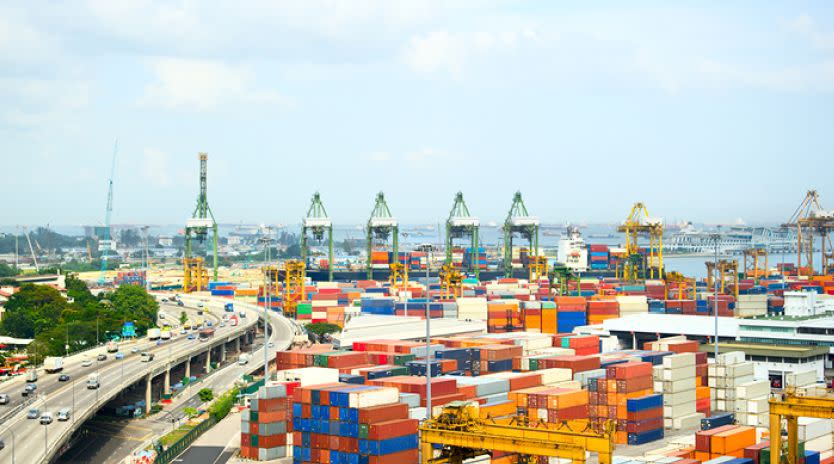Singapore’s manufacturing output decreases by 0.8% in October, marking first y-o-y contraction since Sept 2021

The y-o-y contraction was due to declines in the electronics, chemicals and the biomedical manufacturing clusters.
Singapore’s manufacturing output decreased by 0.8% y-o-y in October, the first contraction since September 2021.
The y-o-y contraction was due to declines in the electronics, chemicals and the biomedical manufacturing clusters, which fell by 0.7%, 9.7% and 14.5% y-o-y respectively.
The decline in electronics were due to the fall in computer peripherals & data storage and other electronic modules & components segments on the back of softening demand and offset by the growth in the infocomms & consumer electronics and semiconductors segments.
The lower chemicals output was attributable to the y-o-y drop in petrochemicals due to weak market demand and plant maintenance shutdowns. Output of the specialities and other chemicals segments also fell due to the lower production of mineral oil and food additives and fragrances. The fall was mitigated by growth in the petroleum segment, which rose on account of higher demand for jet fuel following the relaxed restrictions for global air travel.
Output for the biomedical manufacturing cluster fell as the pharmaceuticals segment contracted on the back of a different mix of active pharmaceutical ingredients being produced compared to a year ago, and mitigated by the growth in the medical technology segment.
Output for the general manufacturing cluster remained unchanged y-o-y with expansions from the food, beverage & tobacco and printing segments and contractions from the miscellaneous industries segment.
Output for transport engineering rose thanks to growth in the aerospace segment with higher demand for aircraft parts from the US and more maintenance, repair and overhaul (MRO) jobs from commercial airlines on the back of increased global air traffic. That said, the cluster’s growth was offset by contractions in the marine & offshore engineering and land segments.
Output for precision engineering rose as the machinery & systems segment increased on account of higher output of semiconductor foundry equipment. The precision modules & components segment also registered a y-o-y expansion with higher production of optical products.
Excluding biomedical manufacturing, Singapore’s manufacturing output increased by 1.9% y-o-y.
On a seasonally adjusted m-o-m basis, manufacturing output increased 0.9%. Excluding biomedical manufacturing, output remained unchanged.
See Also:
Click here to stay updated with the Latest Business & Investment News in Singapore
Sembcorp Industries hits new milestone of 500MWp for its solar portfolio in Singapore
Get in-depth insights from our expert contributors, and dive into financial and economic trends

 Yahoo Finance
Yahoo Finance 